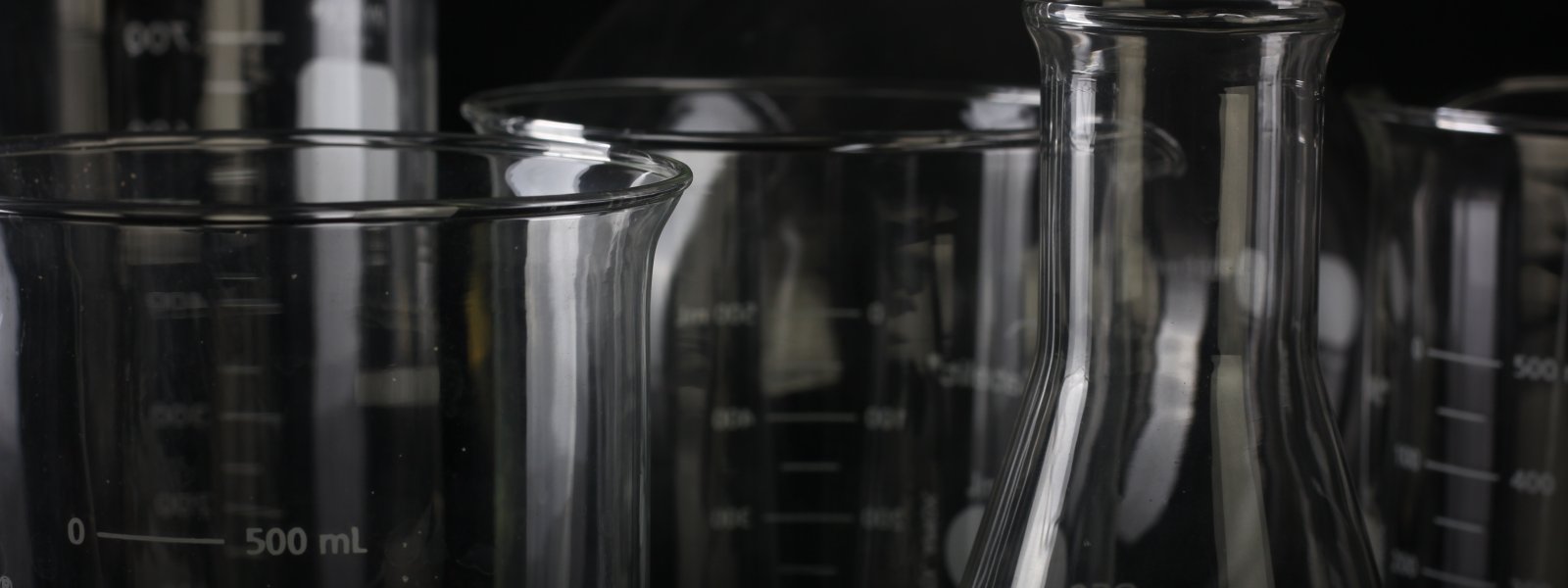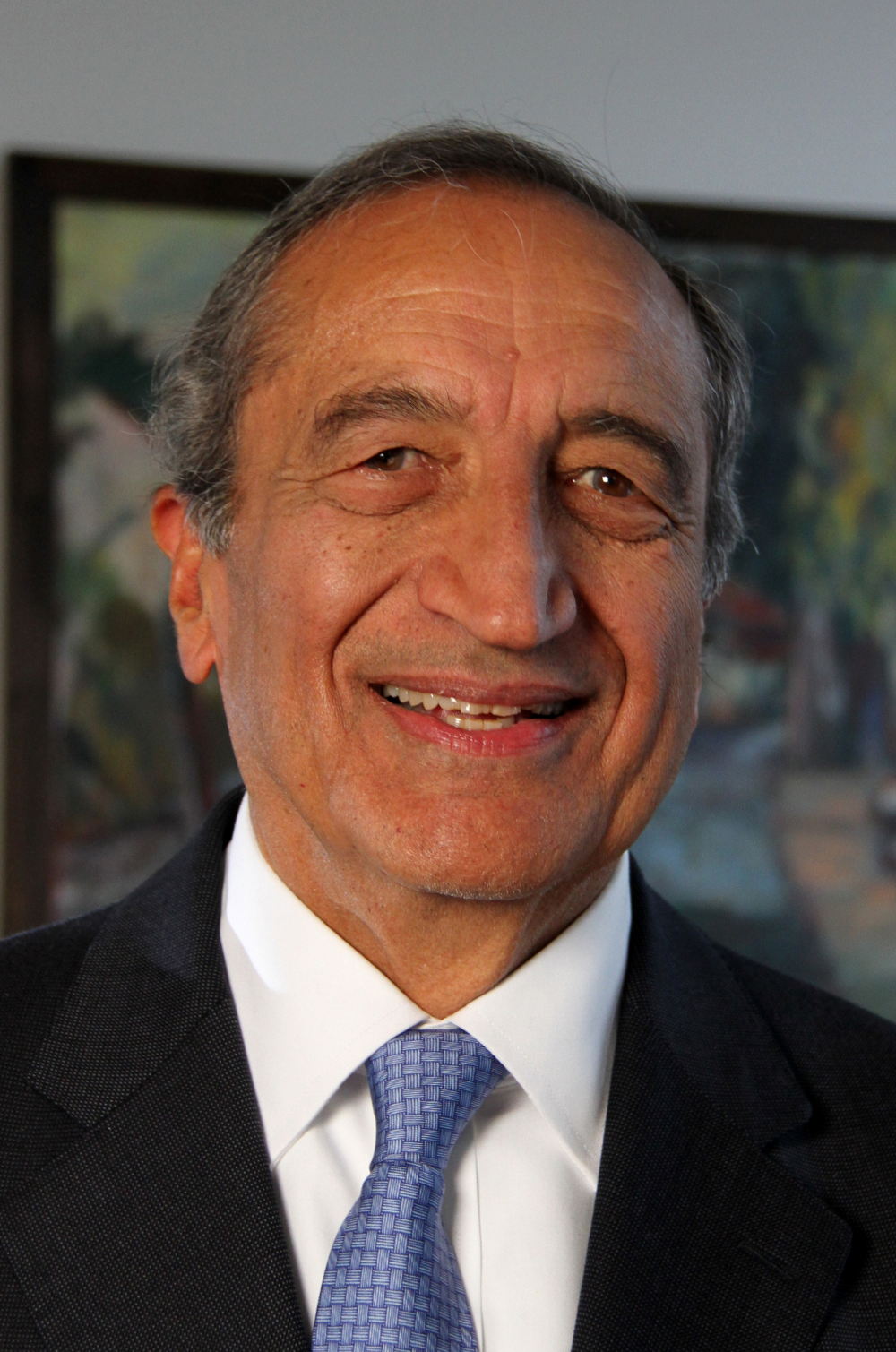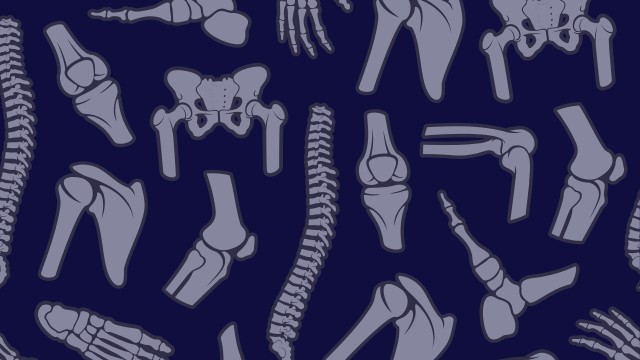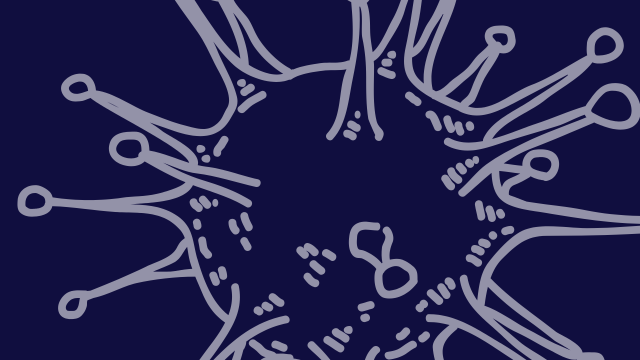Throughout his distinguished career, Professor Sir Ravinder Maini has benefitted from a range of mentors, collaborated on pioneering research, and supported the next generation of rheumatologists and immunologists. On the occasion of his Honorary Degree, we asked him to reflect on some key moments in his professional life, and to look ahead, with his thoughts on the quest for a cause and cure for autoimmune disease.
Professor Sir Ravinder Maini
Having graduated from Sidney in 1956, Maini moved to Guy’s Hospital in London, and came to the attention of John Butterfield OBE FRCP, Professor of Experimental Medicine and an expert in diabetes. Lord Butterfield was later the Regius Professor of Physic at Cambridge, then Master of Downing College and Vice-Chancellor of the University for a term.
“He was a brilliant teacher. He obviously thought I had some potential as he allowed me to work in his laboratory during the summer vacation.
“Teaching in that era was very didactic. In contrast, Butterfield would get us to challenge our preconceptions. With something like diabetes mellitus, for example, we had been taught that the insulin treatment discovered in the 1920s was a life-saver for patients with this wasting, fatal disease. It was assumed that insulin deficiency was always the cause of diabetes mellitus. But when you scratched below the surface, as people began to discover in the 1960s, you found something different. Based on experimental research findings, Butterfield informed us that the majority of middle-aged people with diabetes, in fact, made insulin which should be sufficient, but something called ‘insulin resistance’ blocked the action of insulin. Effectively they become diabetic because insulin uptake is impaired.”
Butterfield instilled in Maini a need to think more deeply and apply research methods to search for underlying causes of disease and seek new treatments.
“That questioning of dogma was revolutionary for me, understanding that what you believe is just the surface of truth.”
In his final year at Guy’s, Maini studied cardiology. At a time of significant advances in the field of heart transplantation, Maini’s interest in histocompatibility - why tissues are rejected – led him to look for opportunities in immunology.
“I thought, ‘That's the subject I want to study,’ but as I looked around for training, I was led to immunologists working on arthritis, not transplantation. The field of immunology in arthritis was burgeoning at that time, and it was very exciting.”
Maini went to work for Dr D.C. Dumonde, at St. Mary’s in London. When Dumonde was appointed Head of Immunology at the Kennedy Institute of Rheumatology, he took Maini with him.
“My first paper with Dumonde was published in Nature. At that time, it was thought quite extraordinary for a young medical graduate to be able to publish in such a journal, and that fired my imagination.
“At that point, cellular immunology, which is the field of immunology to do with lymphocytes, got very messy. The immunology concepts were far in advance of the molecular side and our understanding of how these cells worked.”
Maini’s particular interest was in cytokines. Cytokines are the tiny proteins that cells produce to communicate with each other. They bind to the receiving cell and can prompt immune and inflammatory responses in the cells they bind to.
“Well, that's where Marc Feldman and I got together. Marc is an Australian immunologist who had come to work with a very eminent immunologist at University College London, Avrion Mitchison.
“Marc and I were both interested in cytokines, but when we met, I had become somewhat disenchanted by their role in autoimmunity, which is what I was studying. He was a leading laboratory-based scientist with access to newly discovered protein and DNA technology, and an inspirational collaborator, and we felt that immunological concepts and technology had sufficiently advanced to tackle this afresh. We applied for a grant and were successful, our work progressed really well, and I persuaded him to move from UCL to the Kennedy Institute, which he did with his group.”
In the mid-1980s, Maini and Feldmann’s research focused on the role of cytokines in rheumatoid arthritis.
“Advances in DNA technology meant you could express each of these cytokines as proteins, and that allowed you to get hold of these reagents in a test tube.
“So, by then, about four or five cytokines were well described at the molecular level and at the DNA level. They could be expressed in so-called ‘cell cultures’, and you could isolate the protein these cells made as purified proteins. Thus, you could effectively, in a test tube, have access to half a dozen such reagents.
“Interestingly, a lot of these reagents were discovered by biotechnology companies, and the biotechnology companies, in those days, were happy to give us access to their material. You just signed a licensing agreement - it was an age of innocence in many ways (laughs)… but it provided us with access to these amazing reagents to test their properties in test tube cultures, and in animal model systems.
“What was revealed by these experiments was that in rheumatoid arthritis, in cellular immune reactions, cytokines were recognised to be an important part of the pathogenesis of the disease. This allowed us to ask the question whether these were involved in any way in the disease.
“At first, our investigations were quite discouraging, because every cytokine that we applied to the systems that we were working with came up as being potentially important in modulating either the inflammatory response or the immune response in patients with rheumatoid arthritis.
“The cytokines looked like they could all be interesting. Indeed, some of the properties were overlapping in nature. So, the conundrum was, were they a phenomenon which was underlying the disease, and each one was important in its own right, as it were acting in parallel, or was there any hierarchy in the system? Our work, supported by colleagues and talented Fellows, in laboratory-based experiments on clinical samples demonstrated that indeed there appeared to be a key role for Tumour Necrosis Factor, TNF, in initiating a ‘cascade’ of recruitment of many other inflammatory cytokines which could explain the pathology of rheumatoid arthritis. This led us to hypothesise that neutralising TNF may be of therapeutic importance.
“The concept of hierarchy had been investigated by other immunologists working in infectious diseases, especially in a condition called septic shock.
“Now, the reason patients with septic shock die is because of something called a ‘cytokine storm’. Basically, the interaction of infectious agents and the immune system releases multiple inflammatory cytokines and this leads to the shutdown of all the body systems - kidney failure, liver failure, cardiovascular failure. Basically, every system shuts down.”
Contemporary research on septic shock had homed in on TNF. TNF uses endocrine signalling - endocrine signalling involves messages being sent to cells further away (in contrast to autocrine and paracrine signalling, which involve signalling to the same cell, or cells close by, respectively). TNF-alpha had been identified as one of a small group of cytokines that had multiple physiological effects relevant to the pathogenesis of systemic failure.
“From our perspective, we were impressed by published work that blockade of TNF with neutralising antibodies, administered early in severe infection, ameliorated the symptoms and signs of septic shock, thus expanding the clinical utility of antibody-based therapy. This had led the biotech and the pharmaceutical industry to develop TNF inhibitors, namely monoclonal anti-TNF antibodies and soluble TNF-receptor molecules, as therapeutic agents to treat sepsis. They were able to achieve this because, by then, monoclonal antibodies and the technology of making hybrid molecules with therapeutic properties had prospered, due to some of the seminal work done on monoclonal antibodies carried out at the LMB laboratory by Greg Winter in Cambridge.
“We were able to show that the hierarchy of TNF-led connectivity existed in rheumatoid arthritis and, importantly from our point of view, the clinical trials in sepsis with anti-TNF blockers had resulted in them becoming accessible for clinical trials in other diseases.
“There was a biotechnology company in Malvern, Pennsylvania, called Centocor, whose Chief Scientific Officer, Dr Jim Woody, we happened to know well. When faced with a negative trial in the treatment of septic shock, and our pre-clinical evidence, he was persuaded to give us their unused anti-TNF antibody, to use with patients.
“No-one at that time believed that a monoclonal antibody could be of any value in a chronic disease like rheumatoid arthritis. Because of the multiple cytokines that were involved, the belief was that even if you could block TNF and downregulate the inflammatory cycle, then sooner or later one of the other cytokines would take over because there was a considerable redundancy in the system. Moreover, antibodies were immunogenic and would lose efficacy and would be too costly for long term therapy.
“Well, this proved not to be the case, as history has shown. And we were able to continue our work in small academic-led clinical studies, and demonstrate that neutralisation of TNF with the Centocor monoclonal antibody had a profound and durable efficacy, with corresponding regulation of inflammatory biomarkers.”
Between 1991 and 1998, Maini and Feldmann, in trials they designed and led, conducted by Centocor, proved that it was possible to use anti-TNF blockers as a therapeutic agent for long-term treatment of rheumatoid arthritis.
“By then, our work had become very well followed. And three other companies who also had TNF blockers - all previously developed for treating sepsis - turned their attention to rheumatoid arthritis. So, by 1999, there were two drugs licensed in the USA and Europe for treating rheumatoid arthritis using TNF blockers. In summary, that was basically our contribution to this field.”
The profile of autoimmune disease is a lot higher now than it was 30 years ago and there is greater understanding of inflammation as a contributing factor to a range of diseases. Did what you learned about rheumatoid arthritis feed into treatments for other autoimmune diseases?
“Well, that's the interesting thing. So, these inflammatory modules exist in many diseases, and are shared by other diseases. So, the reason that anti TNF became such a commercial success was precisely because what turned out to be good for rheumatoid arthritis was also good for other rheumatic diseases. These diseases are different from rheumatoid arthritis, but they have some underlying commonality in their pathogenesis.”
Anti-TNF therapies have since been used to treat ankylosing spondylitis, psoriatic arthritis, psoriasis and inflammatory bowel disease.
“Our original hypothesis that there was a hierarchy turned out to be only partly true. We imagined a cascade hierarchy effect. Well, there probably is a cascade, but there's also an interconnection between these pathways. So, you can enter the pathway not just from the top, but also from sideways. And that really enlarges the possibility of other cytokines playing an important part in regulating each other.”
Has the understanding you gained through developing this treatment brought us closer to understanding the cause, or causes, of autoimmune disease?
“Well, I think it’s become clear now that there is a connection between the immune response and the inflammatory response.
"So, upstream of the inflammatory response, is an immune response. How that immune response is triggered is only now becoming a subject that is capable of being dissected.
“It’s now clear that there is a genetic component – a genetic predisposition – that accounts for about 30% of the reasons for your developing autoimmune disease, and then 60-70% is environmental.
“Of the environmental factors, smoking has come out as being important, not only in cancer but also in rheumatoid arthritis, but it isn’t sufficient on its own.
“So, the focus of research now is on what environmental factor or factors might be triggering the disease, and it seems very likely the accumulation of more than one environmental factor may be implicated - this is a field of active research.
“It's a bit like the ‘glass full’ theory. You're born with your glass 30% full if you have a genetic predisposition, e.g. to rheumatoid arthritis. If you're a smoker, it adds a bit. Another research is suggesting that the microbiome, i.e. organisms residing in gums and the gut, may also be implicated, and might also be involved in rheumatoid arthritis. There is further evidence that the pollutants you breathe in the air are also important.
“The higher the exposure, the more likely your glass is going to get full and spill over, and the moment it spills over, you develop signs of disease. And the early disease pathway is then characterised by the presence of autoantibodies and the activation of the cytokine modules.
“A specific autoantibody appears two to four years before clinical disease, and the chance of developing rheumatoid arthritis is very high.
“So, people are now studying asymptomatic populations that have these antibodies, and they’re being followed up to see whether it’s possible to identify the environmental factors that were responsible, and whether you can block the immune response at that early stage, not with anti-cytokines, but with therapies that block the initiating reaction between so-called antigen-presenting cells and immune cells that sets up the inflammatory response.”
We’re obviously all aware of antibodies through Covid-19, so with autoimmunity, is it generally accepted that your immune system has responded to an initial trigger and then further down the line, the nature of that response has then led to disease?
“Exactly, yes. The difference is that in autoimmunity there is a loss of something we call immune tolerance. We all develop immune tolerance to our own tissues. This is part of the education of the immune system from birth: the immune system is taught to distinguish ‘foreign’ from ‘self’. With autoimmune disease, there's a breakdown in this tolerance mechanism.
“We know that one of the mechanisms of tolerance is performed by a population of lymphocytes called ‘regulatory T-cells'; experimental studies are looking into how a medicine might shift the balance from loss of tolerance to restoring tolerance in autoimmune diseases. There are some early studies in children with diabetes where this has now been undertaken with what I might call ‘encouraging results'. We don’t have a breakthrough yet, but it won't be very long before we will find either a pharmaceutical agent or an antibody that blocks the mechanism that has gone wrong and therefore restores what we call homeostasis.
“Disease is due to loss of homeostasis. Whether its cancer or autoimmunity, we are basically engaged in a survival battle, every day of our lives, in maintaining tissue homeostasis which prevents the emergence of disease. This battle is going on without us realising it, and usually we are coming out on top: we are winning.
“That commonality of disease pathogenesis exists in cancer, autoimmunity and infectious diseases. Why do some people succumb, and others don’t? Those mechanisms will be key to further advances in treatment.
“We've come a long way from where Marc and I were studying what at that time was a rather simplistic system, and we could study it by just blocking a single molecule and seeing what happened. We are having to go further upstream to see whether we can unlock this genetic-environmental puzzle.”
You are officially retired, but it sounds like you are still very much involved.
“I'm enjoying myself now! (laughs) I'm no longer competing for funds, but I really enjoy mentoring others, and I also enjoy being able to go to the Kennedy Institute and talk to colleagues and students. I love doing that. I especially love chatting to the PhD students about what they're doing and what they're thinking – maybe I am helping them, in turn, to challenge dogma.”
If you have something that would make a good news or feature item, please email news@sid.cam.ac.uk



